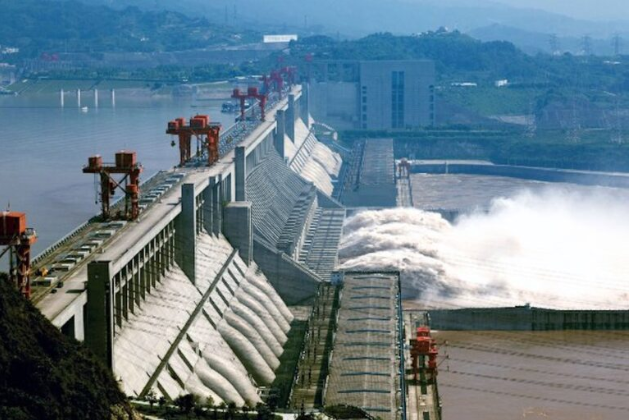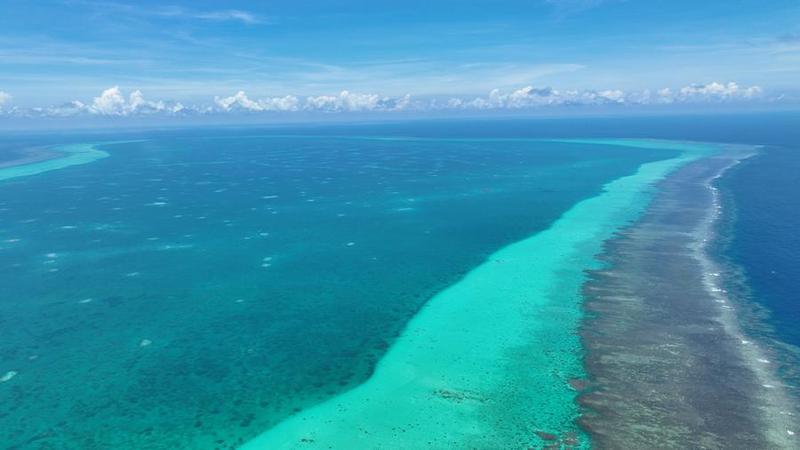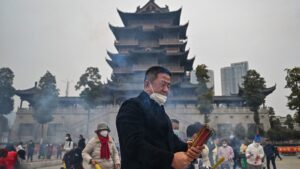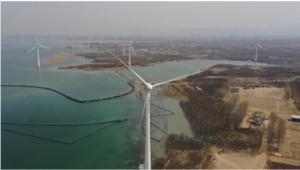China will construct the biggest hydroelectric dam in the world in Tibet.
DHARAMSHALA, Dec, 27: China has approved the world’s largest hydropower project on the Yarlung Tsangpo river in Tibet, according to Chinese state news agency Xinhua. The project is designed to generate electricity output three times that of the Three Gorges Dam in central China, which is currently the largest hydropower facility globally.
Chinese officials claim that hydropower projects in Tibet, which reportedly account for more than a third of China’s hydroelectric potential, will not impact the environment or downstream water supplies. However, experts and observers have raised concerns. Indian defence analyst Brahma Chellaney cited the seismic risks of the region, referencing the 2008 Kardze earthquake, which resulted in over 80,000 deaths and was linked to a nearby reservoir.
The cost of the project is estimated at over 1 trillion yuan (US$137 billion), significantly higher than the 254.2 billion yuan spent on the Three Gorges Dam. The latter project involved the displacement of 1.4 million people and cost over four times its initial estimate. Chinese authorities have not disclosed how many Tibetans may be displaced by the new project or detailed its ecological implications for the region.
The Yarlung Tsangpo river, which flows across the Tibetan Plateau, descends sharply before reaching India, where it is known as the Brahmaputra river. The proposed project will be located in a high-rainfall area and is expected to produce 300 billion kilowatt-hours of electricity annually, compared to the 88.2 billion kilowatt-hours generated by the Three Gorges Dam.
In 2020, Yan Zhiyong, then-chairman of the Power Construction Corporation of China, identified the lower reaches of the Yarlung Tsangpo as a prime site for hydropower development. He highlighted the river’s vertical drop of 2,000 meters over 50 kilometres as a major resource.
Dam projects in Tibet by the CCP have always faced resistance from the Tibetans. Earlier this year, protests against the Kamtok Dam project in Dege County in February led to hundreds of detentions and reports of injuries. A group of 13 UN human rights experts raised concerns about the Kamtok dam on the Drichu River, emphasising risks to cultural and religious sites.
Maya Wang, acting China director at Human Rights Watch stated, “The Chinese authorities have long been hostile to public protests, but their response is especially brutal when the protests are by Tibetans and other ethnic groups, Other governments should press Beijing to free these protesters, who have been wrongfully detained for exercising their basic rights.”
China’s previous construction of large dams on the Mekong River has been linked to droughts and other ecological issues downstream. The focus on the Brahmaputra Basin has raised fears of similar consequences, with potential impacts on both downstream nations and Tibet’s biodiversity.












